This Texture-Rich Finish Is Designers' Go-To for Instant Patina
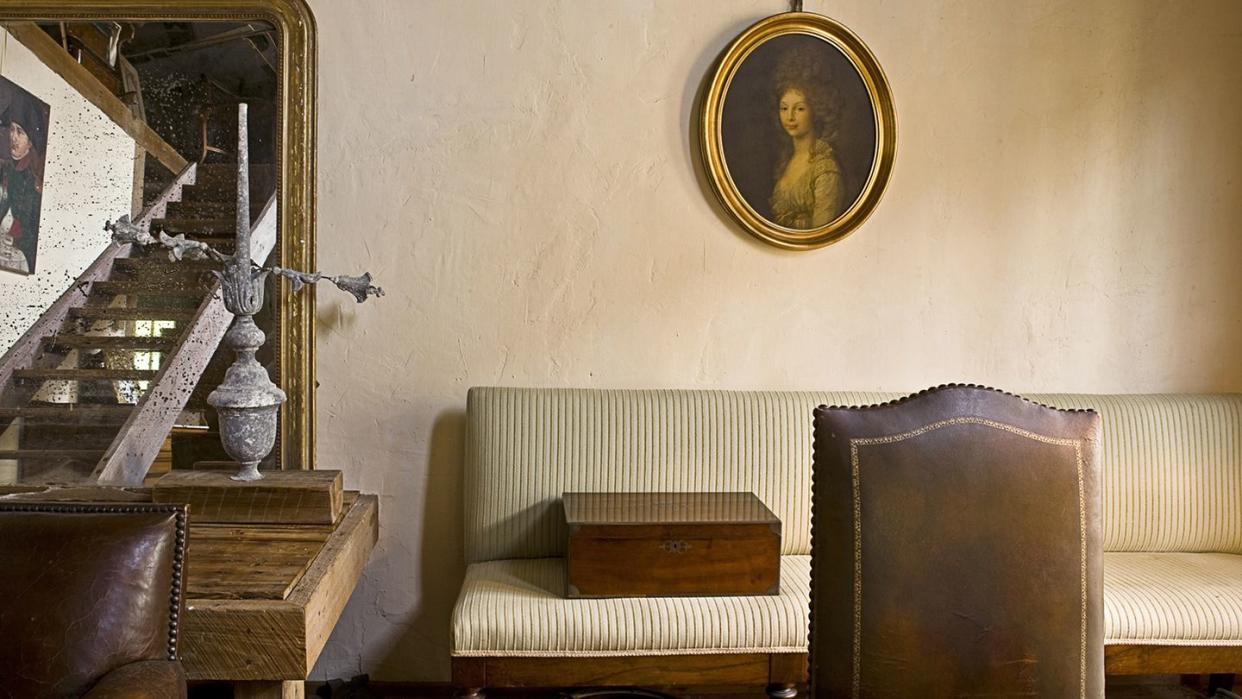
[table-of-contents] stripped
When you're decorating your home, the default is to choose the right paint color and finish for its walls. But you could opt for a totally different treatment. If you're here because you're obsessed with a room that has limewash paint on the walls and are wondering exactly what that is, you've come to the right place. Limewash has a suedelike texture that's more akin to putty than a standard interior paint. It has been used for centuries to give walls a cozy, patinated look—in fact, it dates all the way back to Roman times. And although you see it most often in shades of white or gray, it comes in bolder colors too.
Limewash paint is timelessly beautiful, but it's also known for being a bit mercurial. We tapped Jamie Davis of Los Angeles–based Portola Paints to give us a primer on this always-trending wall finish. Read on for a history of limewash paint, how to use it, and how to get perfect results.
What Is Limewash Paint?
Limewash is a finish that gets its textural veneer from added sandstone aggregate. This finish has an almost chalky look to it and feels soft to the touch. When it's in the can, it looks more like putty than paint. The mixture was originally made of crushed limestone thinned with water and mixed with various natural pigments to achieve the desired color. It became popular as a way to lighten up stone and timber. Today, its romantic and storied feel makes it more popular than ever.
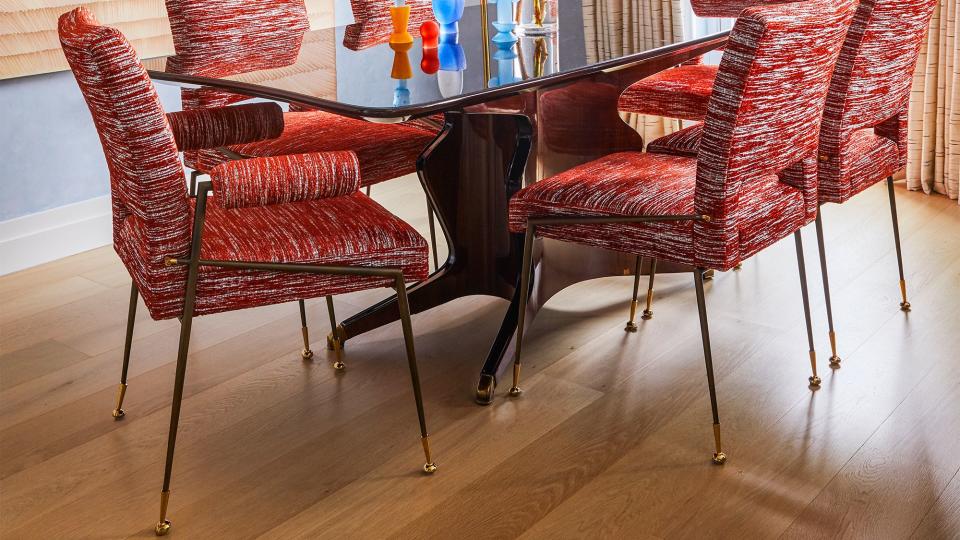
"That old-world, chalky patina you find on buildings in Europe and South America is what originally sparked our love of paint," says Jamie Davis, cofounder and owner of designer-favorite Portola Paints. "The specialty finishes were actually what got us into the paint world, specifically the Lime Wash," he shares, adding that "they have a lot of history but not so much in the states, more in Europe and South America—that's what initially attracted us to this Old World chalky matte patina type of finish."
Limewash Paint Pros and Cons
Limewash paint has a natural, textured look that many people prize. Beauty aside, it doesn't have the chemicals that cause other types of interior and exterior paint to be considered hazardous materials. Limewash is also a great paint alternative for anyone in need of a more hypoallergenic solution since the alkaline pH of limestone makes it extra resistant to mold and bacteria. Walls painted in limewash don't require cleaning, either—in fact, you shouldn't clean them.
On the other hand, you might consider not being able to clean your walls a con if you have small children or pets. Limewash colors are less predictable than standard paints too, so you have to be somewhat flexible about the results.
How to Apply Limewash Paint
Thanks to brands like Portola Paints that have taken these ancient art forms and modernized them, limewash has become much easier to apply in a variety of spaces. Here's what you need to know before you choose limewash paint for your walls.
"Traditionally, lime paints could only be used on raw plaster and stucco and brick and cement," explains Davis. Today, however, Portola's product can actually be painted right on top of whatever your walls are made of because of the special primer you to use with it, which is a "very heavy, porous primer that will allow you to create that same look and feel of drywall."
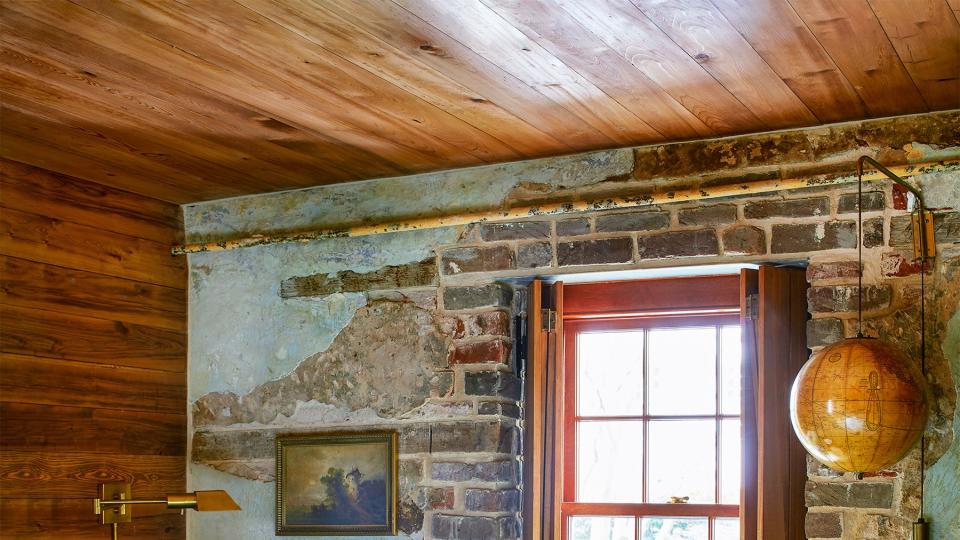
You need to roll, brush, or spray the wall with two or three layers of primer, then you can apply a coat of limewash right out of the can.
"The lime builds up and blooms through and creates this high and low of colors naturally, that's from the lime coming out to the surface," says Davis. That's how it creates so much depth and dimension.
You can apply limewash paint without the primer—just know that the results may look uneven. "The main thing with limewash is it reacts differently depending on the surface, says Davis. "The primer gives you a nice control, and you know what it's going to do." If you skip the primer, be sure to swatch in multiple areas first. Limewash paint will look significantly different on sealed or unsealed stucco, stone, slate, or concrete.
Limewash Paint Colors
Limewash paint is associated with a natural aesthetic, which is another reason why it's so great for someone prefers a neutral backdrop.
"Traditionally, these finishes were all done in earth tones and ochres and terra cotta, but now we make these beautiful whites and creams and chic colors that have slight subtle movement, so you don't know what it is, but it's not regular paint. You can have it as traditional paint or do these soft and subtle textures," Davis says.
As mentioned we earlier, the limewash paints of yore were pigmented with natural ingredients, and many still are, though technology allows for more variety. So even the bolder hues tend to look pretty natural.
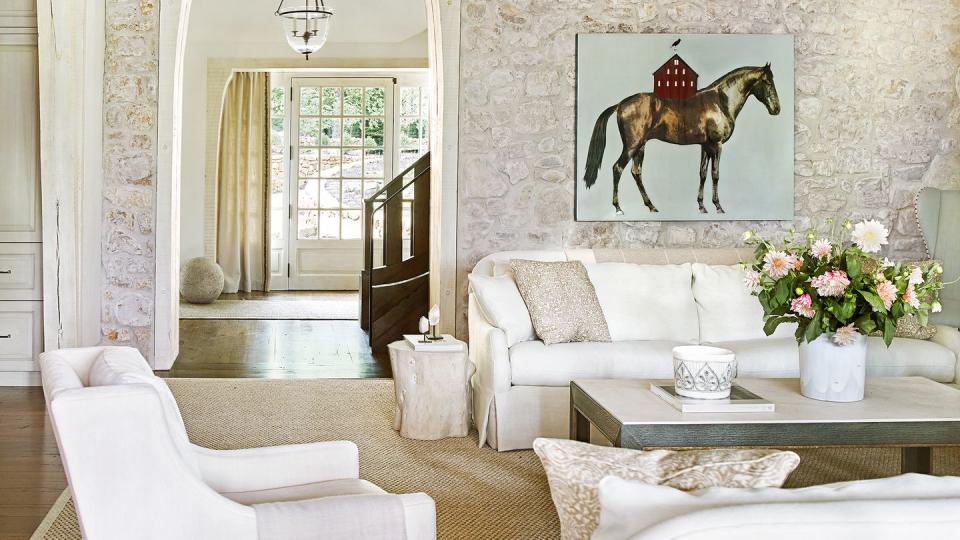
However, limewash paint doesn't have to be neutral. Portola offers more than 60 standard colors in the limewash finish, but "everything is made to order, so we do have the ability to do custom blends," says Davis. So if you want to branch out into a bolder, more saturated territory, you can. Other great brands offer limewash paint in a huge variety of colors, like JH Wall Paints and Sydney Harbour Paint Company.
What Limewash Paint Is Good For
Limewash paint is great if you want more texture and patina. "Limewash is a little grittier, chalkier. I find that it feels more rustic,"says Davis. It's also a relatively easy lift as far as home projects go. "You don’t have to be a master Italian plasterer, you can have your painter do it or do it yourself," he adds. It just requires a little extra primer (or not, if you want that extra rustic, grainy look).
If you want a finish that's a bit subtler and more contemporary, there are similar options better suited to that look. "With these more modern applications I feel that the Roman clay works well," says Davis. "A lot of designers/homeowners will call us and want a limewash and then end up wanting Roman clay, which has this beautiful, super super soft physical touch—it feels like no other wall I've ever felt…. It has this very refined quality to it while keeping this old world feel," Davis explains.
Annie Sloan Chalk Paint is another great specialty paint with a unique matte finish if you're looking for something you can easily do yourself, as is a skim coat of Surecrete for a concrete-like aesthetic.
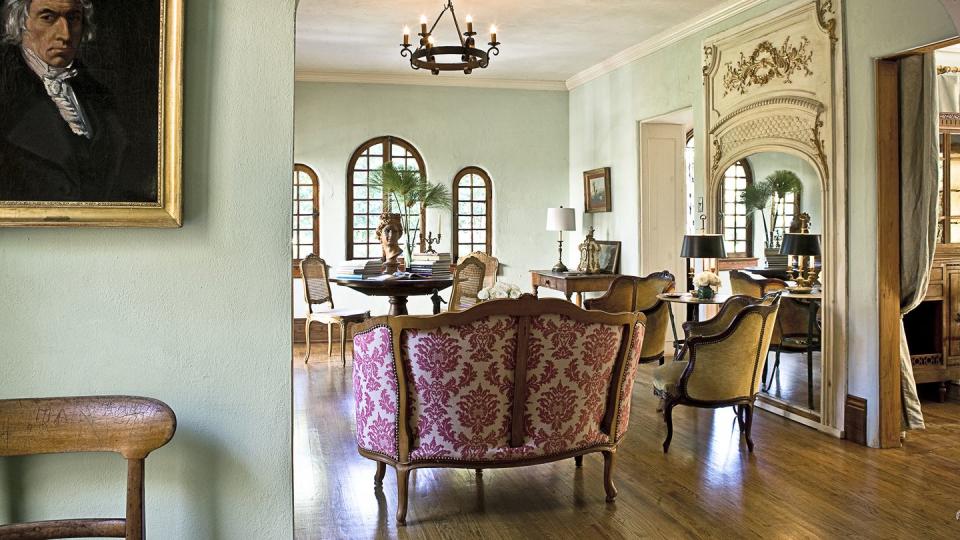
Follow House Beautiful on Instagram.
You Might Also Like

